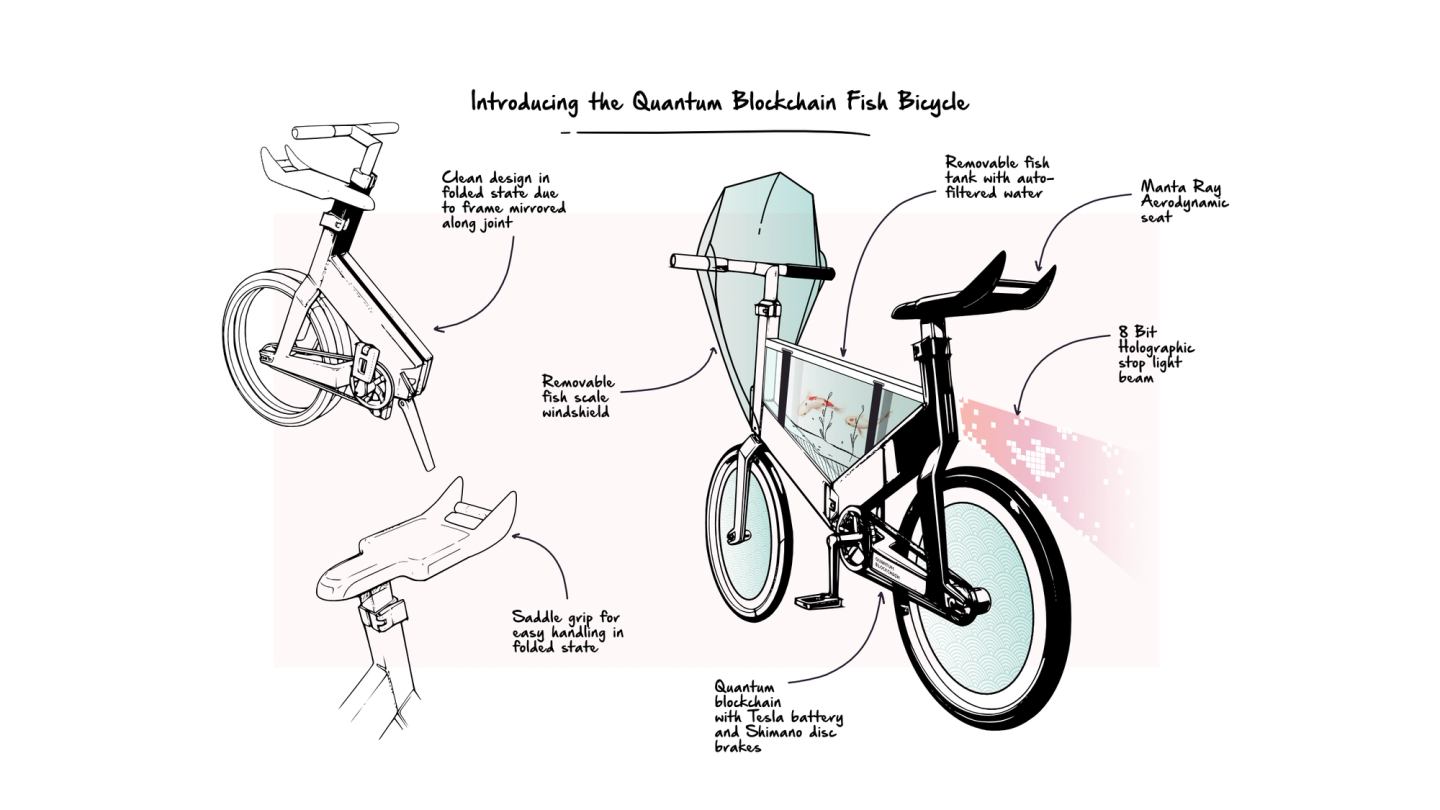
OUR THOUGHTSTechnology
Product validation through continuous discovery
Posted by Gareth Evans . Sep 05.22
The tools and techniques to make sure we’re building the right thing are available to any enterprise. Are you really making use of them?
Google invented the design sprint way back in 2010 as a means of validating what’s built. Yet more than a decade on, it’s still surprisingly rare to find organisations that use this proven way of working and embed it into an habitual, everyday practice.
This is especially the case in Aotearoa where the transition from project to product thinking is still at a relatively early stage. Few enterprises have invested in building the teams to do it and fewer still consider their team’s work as part of a Value Stream focused on delighting customers. Without effective product validation efforts, you’re wasting effort, disappointing customers and diverting resources away from things that might deliver much more value.
The process of building the right thing (as opposed to building the thing right), is a critical skill for any organisation – from startups pivoting towards value, disrupted cash cows that have lost their innovation gene and any other business mired in complacent entropy and mediocrity. And the good news is that validation processes have evolved, become more accurate and are simpler to adopt.
It’s never been easier to identify customer value signals in new concepts, business models and feature ideas. It can be done both qualitatively and quantitatively in short cycle times, often without the need to engage external agencies and gift them a mountain of money.
We can do all these things…
- Growth hack to scrape and interpret data into insight, then use it to identify our audience and grab their attention by many marketing means
- Build, tear down and rebuild landing pages in hours to test many journeys
- Engage funnel managers to build personalised, multi-variant messaging and any number of teaser steps to entice audiences into consideration and purchase. These same methods can be used to validate the appeal of yet-to-be-built features
- Use social media platforms to target very specific audiences and then capture their behaviour with real-time, in-depth analytics
- Rapid, in-person research using any form of survey, paper prototypes and/or digital prototypes in apps like Sketch or Figma
- It is also true that the skilled 'researcher' understands the deep psychology of latent customer needs, wants and desires and can structure their interactions to maximise this insight
- Finally, we know a lot more about RICE, Cost of Delay, ‘Value Filtering’ and how we might decide what to build first
All of this helps us discern value from noise, dodge the bias and build clear blue water between us and the competition. In progressive businesses, these validation processes are used extensively by small teams of people to increase the chances that the overall Value Stream is building the right things for customers. And they’re doing it in low-cost rapid cycles in tandem with delivery sprints. You can do this too.
At HYPR, we call this capability ‘Continuous Discovery' and it’s a critical component of your holistic customer value delivery system. We can help you create one aligned team with continuous flow of the highest value output. How does that sound?
More Ideas
our thoughts
HYPR celebrates 10 years of The Pursuit of Relevance
Posted by Gillian Clark . Sep 03.24
The HYPR team recently gathered at our WorkerBee in Matakana for our regular meet-up, which also marked a special milestone… HYPR NZ's 10-year anniversary. A decade! Where does the time go? Gillian Clark reflects...
> Readour thoughts
Putting patterns to work
Posted by Gareth Evans . Nov 30.23
We’ve published a new case study that shows how we’ve used patterns to implement a flow-optimised ‘Delivery Ecosystem’ for a fintech client.
> Readour thoughts
Open for business. In Australia
Posted by Gareth Evans . Nov 27.23
After working across the Tasman to develop a nearshoring model, we’re delighted to announce HYPR’s formal entry into the Australian market.
> Readour thoughts
Punching cards and breaking glass ceilings
Posted by Gillian Clark . Apr 09.21
In a recent interview by Rosey Nathan for her Rosey on Recruitment podcast, HYPR’s CEO Gillian Clark shared her experience of a career spanning multiple technology revolutions, talked about the business and the importance of conjuring moments...
> Read